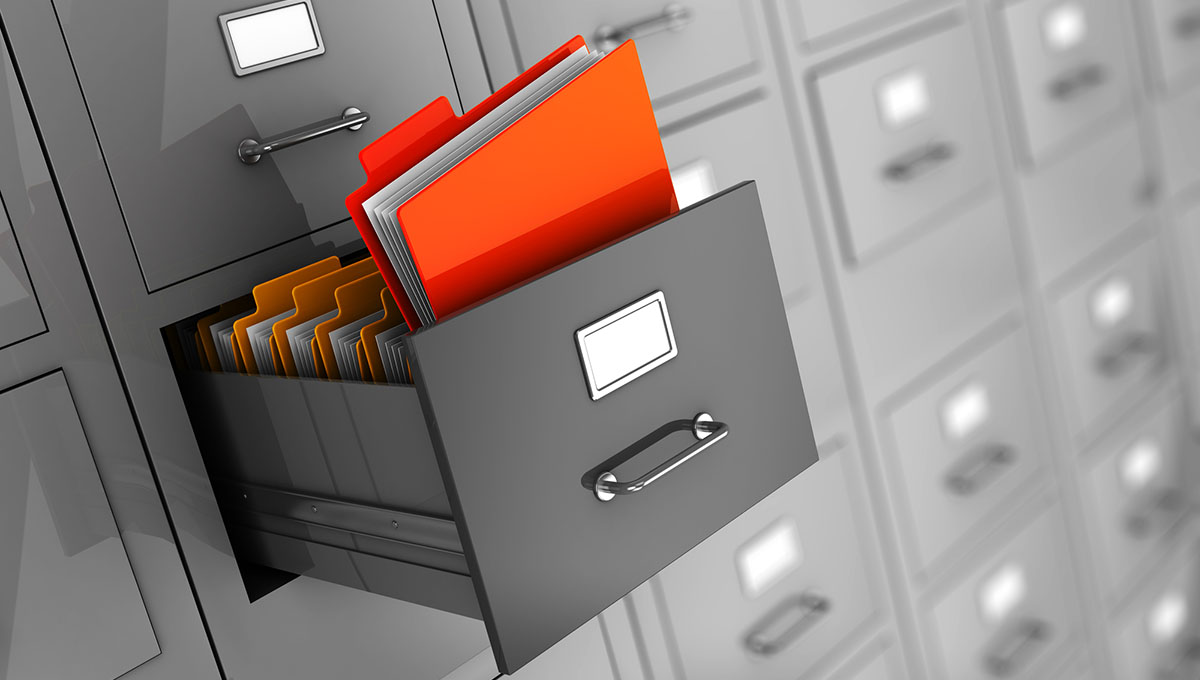Zettelkasten: Smart Note-Taking System
More articles:
1) 55 Notes Apps. Pick a Notes App;
2) 11 Youtube Videos About How to Take Smart Notes;
3) 9 Books People Read To Get Smarter.
If you are reading a book or attending a meeting, take notes to retain information for the future. However, all too often, we dutifully take notes in a notebook or laptop, close them and never look back. We don’t remember much of what we’ve written either until we go back and read those notes.
Recognizing this problem, well-known German scholar Niklas Luhmann developed an effective notetaking system called Zettelkasten. This method helped him stay productive and generate new ideas and concepts from the notes he took. It enabled them to produce over 500 high-quality articles and publications. In short, it allowed him to develop a way to manage his knowledge in a way that he could reference later to make new connections to build ideas.
This notetaking method will teach you to use writing for thinking. It will teach you to pull together concepts and ideas together as you read and learn by connecting key concepts. You will learn to catalog your notes and thoughts. As you use this method, you will develop an interconnected knowledge base in your own original thoughts over time. This knowledge base will produce a continued emergence of creative ideas to help you glean more content for your project and solve problems.
Here are some more benefits of using the Zettelkasten notetaking system:
- You will get more out of what you’re reading by learning to take a different approach to taking notes as you read.
- Retain more information as you learn to state ideas and concepts you know in your own words.
- Develop your original thoughts because it forces you to think about what you read or heard as you write it down
- Develop increased insights as you review your notes, add new ones, and make connections.
- Develop new content as your notes emerge into new thoughts and ideas.
Zettelkasten Method Workflow
So how does this method work, and what does it involve? The Zettelkasten method is broken down into three steps for you to implement in your daily routine.
1. Making Fleeting Notes
Have you ever found yourself in the middle of a store or bed when a great idea or question pops into your head? What do you do with those thoughts? Some people jot down their thought in their smartphone’s note section or on a sticky note, while others hope to remember them later. The Zettelkasten method calls these ideas “fleeting notes” to be recorded and tagged with related categories and topics.
2. Make Literature Notes
The Zettelkasten provides a unique framework for taking literature notes. Most of us are accustomed to highlighting texts of important information and quotes as we read through a book. The Zettelkasten method proposes a method of reading that encourages the reader to write their response to the text from the book. This action forces the mind to think while writing, enabling it to retain more information. Readers develop original ideas in their responses to apply to future projects.
3. Make Permanent Notes
After the accumulation of fleeting and literature notes, you would then sit down and put together a summary or conclusion that you make from these notes. This exercise is where you break down and internalize those notes, writing down your ideas and referencing where they originated. This exercise develops powerful thinking and provides you with a database of your own knowledge in written form.
Create Your Own Knowledge Base
So now that you know how powerful the Zettelkasten is, you’re probably eager to start your Zettelkasten journey. This section outlines the essential steps to take as you build your Zettelkasten. This will eventually turn into your own knowledge base for you to reference throughout your life.
1. File Notes By Category Into Separate Folders
As you make your notes, file them by category and into separate folders for each category. Doing so will allow you to locate the notes you need in the future quickly. Dr. Luhmann did this by storing his paper notecards in a set of file cabinets. There are also software programs and apps that provide a categorizing system that are
2. Add Tags To Notes
Aside from categorizing your notes into their appropriate categories and notes, it is also essential to tag those notes for the Zettalkasten to work. If you’re using a paper system, this will require a well-thought-out numbering system. However, most software systems have a hashtag system. The hashtags will allow you to look up all notes that fall under any given tag. Each note is allowed to have multiple tags, allowing you to make multiple connections between your ideas and thoughts.
3. Link Notes Bi-Directionally To Create Understanding
The last step to creating a knowledge base that connects your thoughts and ideas is linking notes bi-directionally. Bi-directional linking means that the newly added note is linked to existing notes that relate to the concepts in that note. It should have links to other existing notes, which should also contain links to the new note.
Linking notes is the secret sauce that makes a Zettelkasten system super effective. It will connect your ideas over time, allowing you to map your knowledge in a synced and efficient way. Those links will help you bring together ideas that you wouldn’t have been able to produce before. You will develop new insights and knowledge through the interlinks you create with your notes.
Zettelkasten: A Powerful Tool For Success
In conclusion, the Zettlekasten notetaking system creates a space for you to record your ideas and questions and to develop your thinking skills. This method will sharpen your mind, allow you to create better projects faster, and unlock your true potential.
